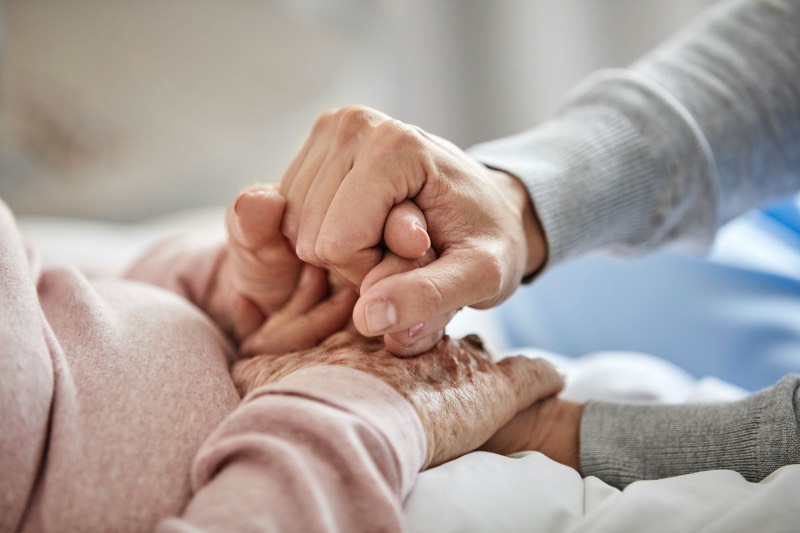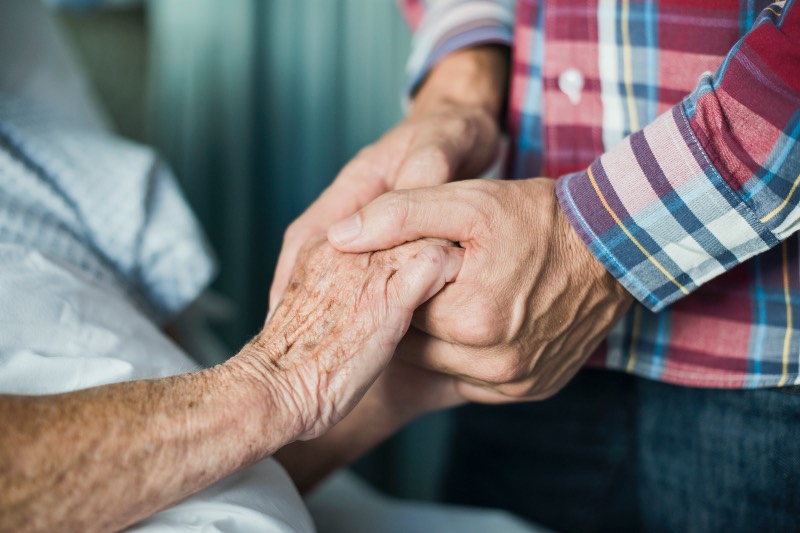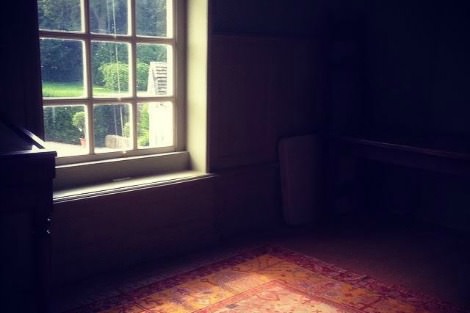Keywords: Medically Assisted Dying
-

AUSTRALIA
In legislatures around Australia at present euthanasia is a staple item. It is vital that euthanasia legislation ought to balance the liberty of the invulnerable against the safeguarding of the vulnerable, especially the elderly and people with disabilities.
READ MORE 
-

AUSTRALIA
- Margaret Somerville
- 03 June 2021
80 Comments
The case against euthanasia is much more difficult to promote, not because it is weak — it is not — but because it is much more complex.
READ MORE 
-

AUSTRALIA
- Margaret Somerville
- 03 June 2021
9 Comments
No one on either side of the debate wants to see people suffer and the euthanasia debate is not about if we will die — we all will at some point. The debate is about how we will die and whether some ways of dying, namely euthanasia, are unethical and dangerous, especially to vulnerable and fragile people, and destructive of important shared values on which we base our societies.
READ MORE
-

AUSTRALIA
- Frank Brennan
- 20 May 2021
25 Comments
Australian jurisdictions are presently considering laws and policies relating to euthanasia, physician assisted dying and medically assisted suicide. The law can and should provide bright-line solutions or at least firm parameters within which the dying, their loved ones and their care providers can negotiate dying and death.
READ MORE 
-

INTERNATIONAL
- Frank Brennan
- 17 May 2016
30 Comments
Once the state legislates to permit assistance with the suicide of a dying, suffering, mentally competent person, the door could well be opened to those who agitate a right to kill and not just a liberty to assist with suicide, and that door could be pushed open onto a class of patients which ultimately will include those who are not dying at all That door is now wide open in Belgium and the Netherlands, while he Canadian Parliament is trying to place appropriate limits. I'm for keeping that door firmly shut.
READ MORE 
-

RELIGION
- Frank Brennan
- 03 December 2015
The consideration of medico-legal problems in the public square of a pluralistic democratic society keeping pace with profound technological change is often marked by simplistic assertions, precluding considerations of comprehensive world views, whether religious or philosophical. It is now commonplace for doctors to be told to leave their consciences at the door, as their patients are consumers and they are suppliers and of course the market decides. Debates about law and policy are often resolved with simplistic assertions about individual rights and autonomy, with little consideration for the public interest, the common good, and the doctor-patient relationship. Even conscience is said to be a matter for contracting out. This evening I ask whether there are more compelling ways to resolve medico-legal dilemmas, while conceding a limited role for law in determining the range of acceptable answers.
READ MORE
-

INTERNATIONAL
- Moira Byrne Garton
- 29 June 2012
6 Comments
Earlier this month a Canadian Supreme Court effectively legalised physician-assisted euthanasia. While there is a general perception that those opposed to euthanasia do so on religious grounds, many people with disabilities oppose euthanasia because they believe it is bad policy that denies their right to live.
READ MORE 
-

RELIGION
- Frank Brennan
- 28 June 2011
27 Comments
Physician Chuck Bentz received a request to be the 'second opinion' for the assisted-suicide of a melanoma patient. Bentz objected and said there were better ways to address the needs of this patient, whom he had known for over a decade. Next he knew, his patient was dead.
READ MORE 